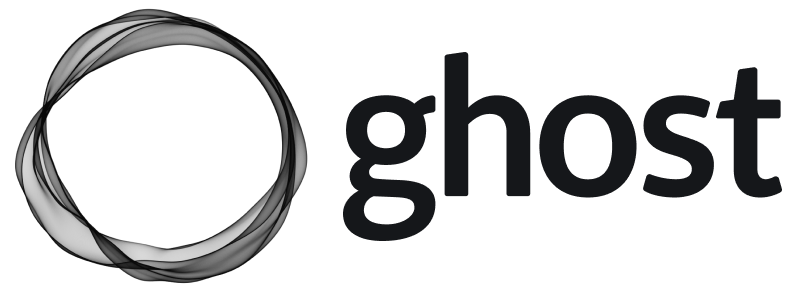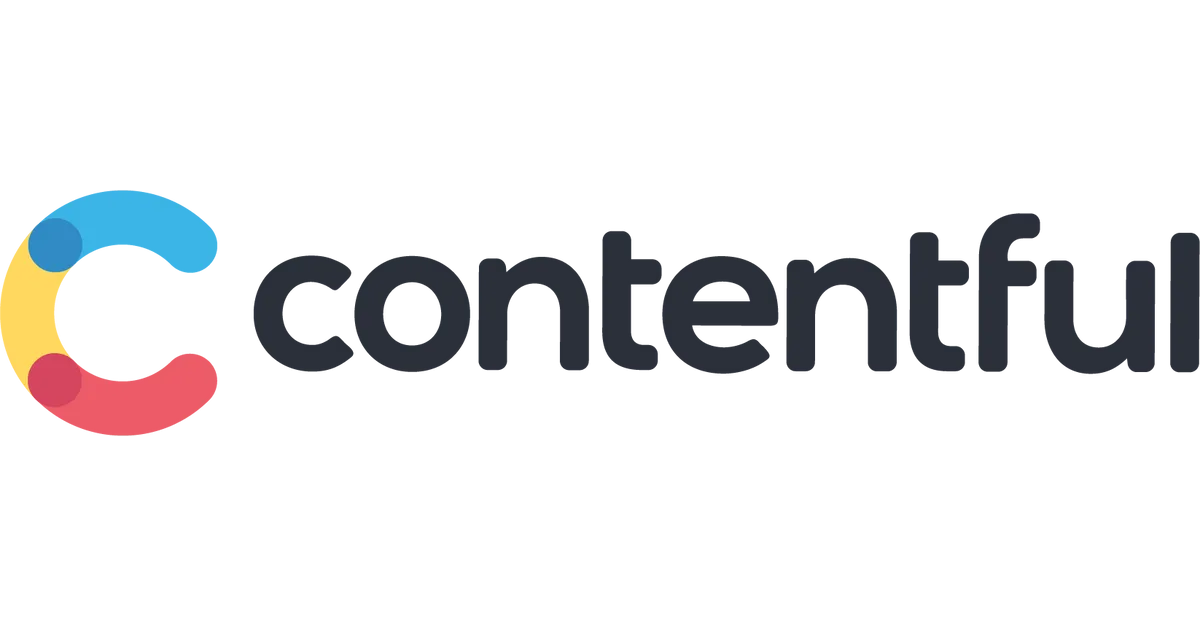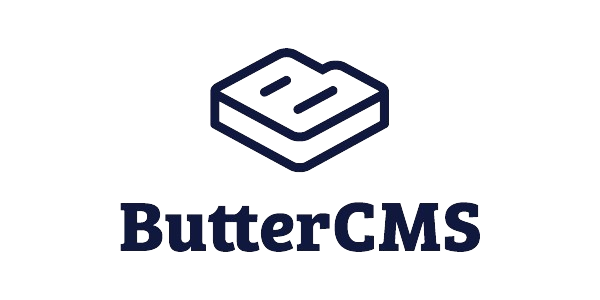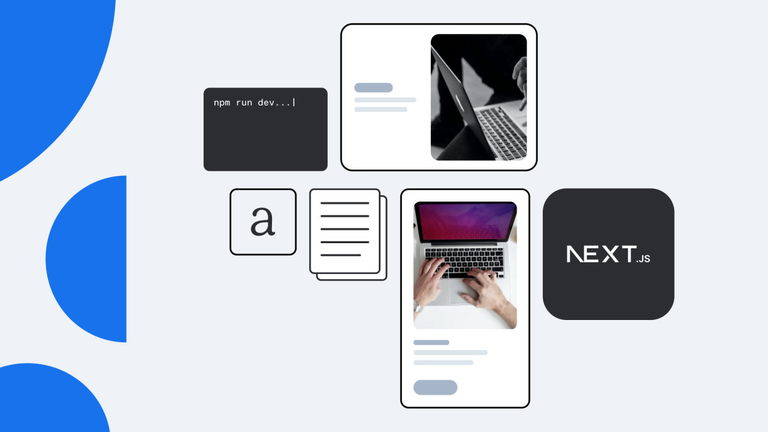Headless CMS vs. Traditional CMS
In the last couple of years, the Headless CMS demand and its popularity have been increasing due to the fact that developers want more freedom and rich front-end frameworks

What is headless CMS?
Headless CMS (decoupled) is a back-end CMS that allows you to store and edit your content without having to affect the front end. That can only mean that with the help of any device or any platform you are able to edit the content not worrying about the presentation.
How is Headless CMS different from a Traditional one?
Traditional CMS, also known as “coupled” is a CMS that exists from the early days of development. So far, many traditional CMSs represented by WordPress, Drupal, and Joomla with the functionality to store and display different content such as text, images, etc. The traditional CMS approach to managing content puts everything into one big bucket — content, images, HTML, and CSS. This made it impossible to reuse the content because it was mixed with code.
The biggest difference between Headless and Traditional CMSs have separated content capabilities:
As I previously mentioned, Traditional CMS is coupled and it cannot be decoupled (separated), so when the user tries to change the design format it will affect the content too, and it happens automatically. It’s not possible to change the layout without affecting the content display
Headless CMS separates the content from the infrastructure itself and it gives developers the freedom to work on the front end with their programming language.
Check out our Migration services

Another significant distinction is content delivery:
Once the content in Traditional CMS is edited, it gets stored in the database until the user or manager decides to publish it, and within the CMS there is a number of generic layout themes that the users choose to display the content;
On the contrary, Headless CMS asks the developer to use API to call and place the content on the front end of the website.
As far as the third difference is concerned, I would highlight display flexibility:
Traditional CMS has some limits when it comes to display options. It might look great on a desktop but only because it was originally created into that front-end display due to the code. So we can make a conclusion that Traditional CMSs were created to display and manage content on a desktop
Whereas Headless CMS does not limit your business, giving you the ability to deliver content as you want on different platforms and channels
And last but not least are platform updates:
When it comes to Traditional CMS, developers have to schedule the updates and do this manually - it includes any content changes such as product description, adding new posts in the blog, typos corrections, and other content forms
On the contrary, the user experience is enhanced with a headless CMS. SPAs may be dynamically updated without requiring server full page loads.
Contentful CMS - is one of the FocusReactive Official Partners that has made similar research and created a chart with the advantages of a headless CMS over a traditional CMS:
| Traditional CMS | Headless CMS | |
|---|---|---|
| Hosting & delivery | In-house | In the cloud |
| Development mindset | Project-focused | Product-focused |
| Content model | Built for a single page | Building block for many products |
| Supported devices | Limited | Limitless |
| Reach | One-to-one | One-to-many |
| Workflow | Waterfall | Agile |
| Updates | Scheduled | Continuous |
| Backend system | Monolithic, all-in-one | Microservice, best-in-class |
| Investment | Large up-front cost | Quick proof of concept |
| Technical debt | Inherent to the system | Managed |
Conclusion
Headless CMS gives companies a method to easily show information across a variety of devices, assisting them in staying competitive. Due to the development of the digital platform, the traditional CMS is now outdated.
Businesses are developing apps, conversational interfaces, mobile sites, and more in addition to building websites. According to Contentful, "In the meantime, the traditional CMS has struggled to keep up. Why? Because a CMS structures content in frameworks that are specifically designed for websites, it is hard for the same content to be adaptable to other digital platforms.
The traditional CMS was all we had for a very long time. The headless CMS is a response to the need for flexible content distribution in the modern world. Reach out to us for a free consultation about how to migrate to Headless CMS and adapt it to any workflow for your needs.
Explore our migration services to headless CMS:














